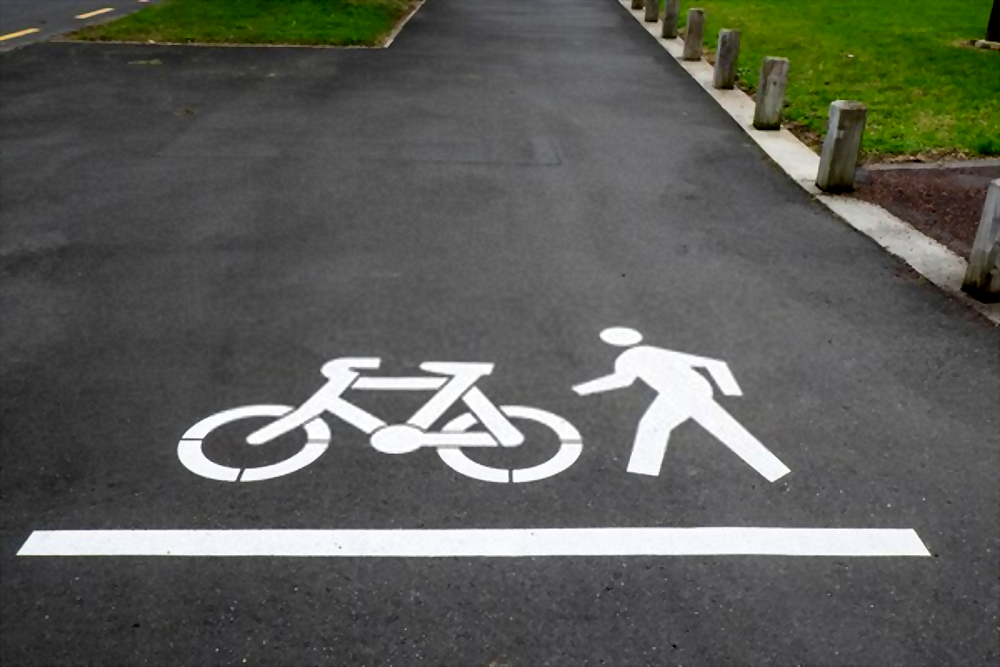Significance Of The Width Of Bike Lane Road Markings
The markings that you usually see on the roads have different meaning and purpose, apart from dividing the road in equal parts. There are different marks for the motorists, for the pedestrians, the intersections, bus stops and even for the bikes on the road. When it comes to bike lane road markings on the travelled part of the roadway, it is specially meant for the cyclist traffic on the specific roadway.
You will find these bike lanes typically on the urban streets. These are usually denoted by the pavement markings. In addition to that, the bike lane markings also provide appropriate signage so that commuters can easily identify the bicycle lane. Ideally, these markings have become an integral part of the range of bicycling facilities.

You will find these bike lane road markings on an urban road cross-section, with few specific characteristics such as:
-
It is a solid line to denote the lane dedicated for bicycle riders
-
It is located adjacent to the curb
-
It is denoted by diamonds and bicycle symbols
-
These marks are applied on the pavement inside the lane
-
It comes together with a bike lane signage.
There is a specific width of these lane markings on the road. It is usually 1.5 m without on-street parking from the face of the curb. This measurement is in accordance with the guidelines of the transportation association. According to these guidelines it is said that:
-
A reduced bike lane width of 1.2 m is acceptable for short segments.
-
In case the road is too narrow, there should not be any bike lane road markings on it but there must be a sign posted indicating ‘Bike Lane Ends.’
Ideally, according to the rule, if a road is narrower than 1.2 m, none should be designated as bike lanes.
Other characteristics of the bike lanes
There are a few other specific characteristics of the bike lane road markings that you should know as well. These are:
-
These bike lanes are usually on the right side of the road
-
These are designated with markings on the pavement with arrows and
-
The direction of the arrows indicates which direction the cyclist should travel.
Sometimes the bike lane road markings may also be placed alongside the road and all bicyclist must travel in the same direction of the traffic always while using the bike lane unless it is mentioned otherwise that you may travel in the opposite direction of the traffic. Cars are usually not allowed to drive or park in a bike lane.

However, there are a few exceptions made such as:
-
When the cars need to make a right turn, they are allowed to join and drive along the bike lane but they must yield to any bike traffic. In such situations a properly designed markings in the intersection will always indicate that the bicycle traffic should move to the left of the right turn lane.
-
When the bike lane approaches a bus stop or an intersection, the white lines are dashed. This indicates a shared space between the turning cars and the bicyclists.
In few states, the bicyclists may not be required to follow the bike lane road markings while riding. The obvious reason cited for this is that they may be very close to the door zone of the cars parked on the road. It is also possible that these lanes may be blocked by debris, parked cars, snow or ice.
As for the bike riders, when they enter and exit a bike lane, they must look behind them, give the right signal, and yield to the cars that are in the adjacent travel lanes.
Labels
bike lane road markings







No comments :
Note: Only a member of this blog may post a comment.